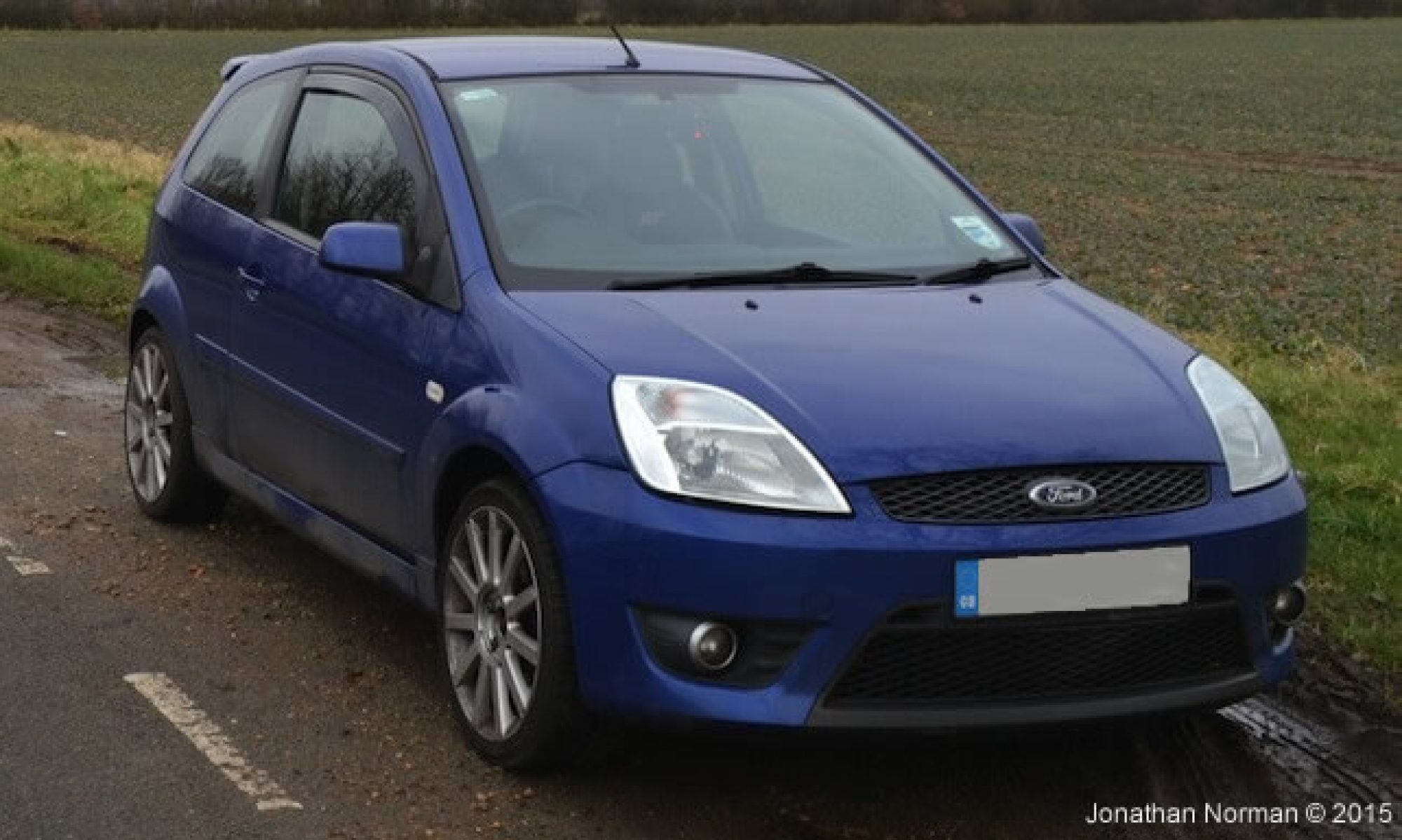Last time we showed you how to install Apache 2.2 on OS X Tiger. This time we will show you how to add user directory support to it.
Assuming you installed Apache to /usr/local/apache2 then you need to look at a file called httpd-userdir.conf in /usr/local/apache2/conf/extra. This is the file that tells Apache where there user’s directory is and what directory inside it is the public_html one. Open this file up in a text editor of your choice. There are only two lines you need to edit.
UserDir public_html
<Directory "/home/*/public_html">
This is the default config for Apache but this is designed for linux systems. To make this work on OS X you need to change these lines to the below.
UserDir Sites
<Directory "/Users/*/Sites">
You will notice that public_html has been changed to Sites. If you look in your home directory this folder will be here. We also changed /home to /Users because this is what OS X uses for the user’s directories.
The last thing you need to do is to enable the user directory support in the main httpd.conf file. It will be in /usr/local/apache2/conf. Look for the below line and simply remove the # (hash) symbol from the beginning.
#Include conf/extra/httpd-userdir.conf
Now just save the file and go into system preferences, select sharing then stop and start “Personal Web Sharing”. Now enjoy your user directory support for Apache 2.2 in OS X Tiger.
All comments and questions are welcome. I’m always looking to improve my writing.

